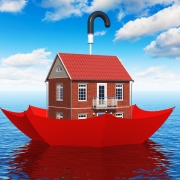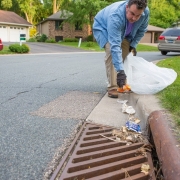LWDD – Post-Storm Clean-up
Following a severe storm event, the Lake Worth Drainage District (LWDD) conducts immediate post-storm assessments, inspecting water control structures, canal channels and the canal rights-of-way for vegetative and other debris with the potential to negatively impact drainage.
The public can assist by reporting storm damage via our Citizen’s Reporting System located on our website at https://lwddnet.wpengine.com/storm-response. The user will be asked a few questions and a map will be provided to help identify the location of the incident in real-time. These public reports as well as LWDD staff assessments are reviewed and prioritized for vegetation removal. Priority is based on the following criteria:
- High Priority – vegetation is in the water and threatening drainage
- Medium Priority – vegetation is blocking the right-of-way and encumbering access or vegetation is significantly leaning over the waterway and could be a potential future threat to drainage
- Low Priority – vegetation located on the LWDD right-of-way that may partially reduce access
Depending on the severity of the storm damage it may take several weeks before crews can address low priority incidents. Private property owners that wish to trim vegetation that has fallen or is leaning on their property from the LWDD right-of-way may do so at their discretion and expense. If access to the LWDD right-of-way is necessary to trim or remove vegetation, the property owner should receive prior approval from the LWDD for temporary access.
Any material from trimming or tree removal by the property owner must be properly disposed of by the resident or if applicable the contractor performing the work. Keep in mind that it is unlawful to place any debris in the canal or on the right-of-way in anticipation that LWDD will remove the material. Unlawful dumping will be reported to the authorities.
If fallen debris has damaged personal property, the individual property owner should contact their insurance company to submit a claim. The LWDD will not directly reimburse property owners for damage caused by acts of mother nature.
After a major storm event, debris clean-up is paramount to getting back to normal and the LWDD is committed to quick removal of hazardous flood prone debris for the safety of our residents.

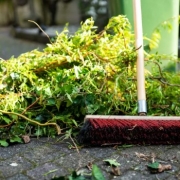
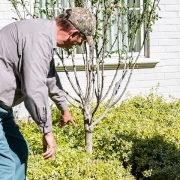
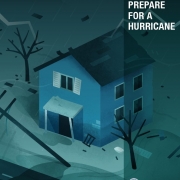 FEMA
FEMA
